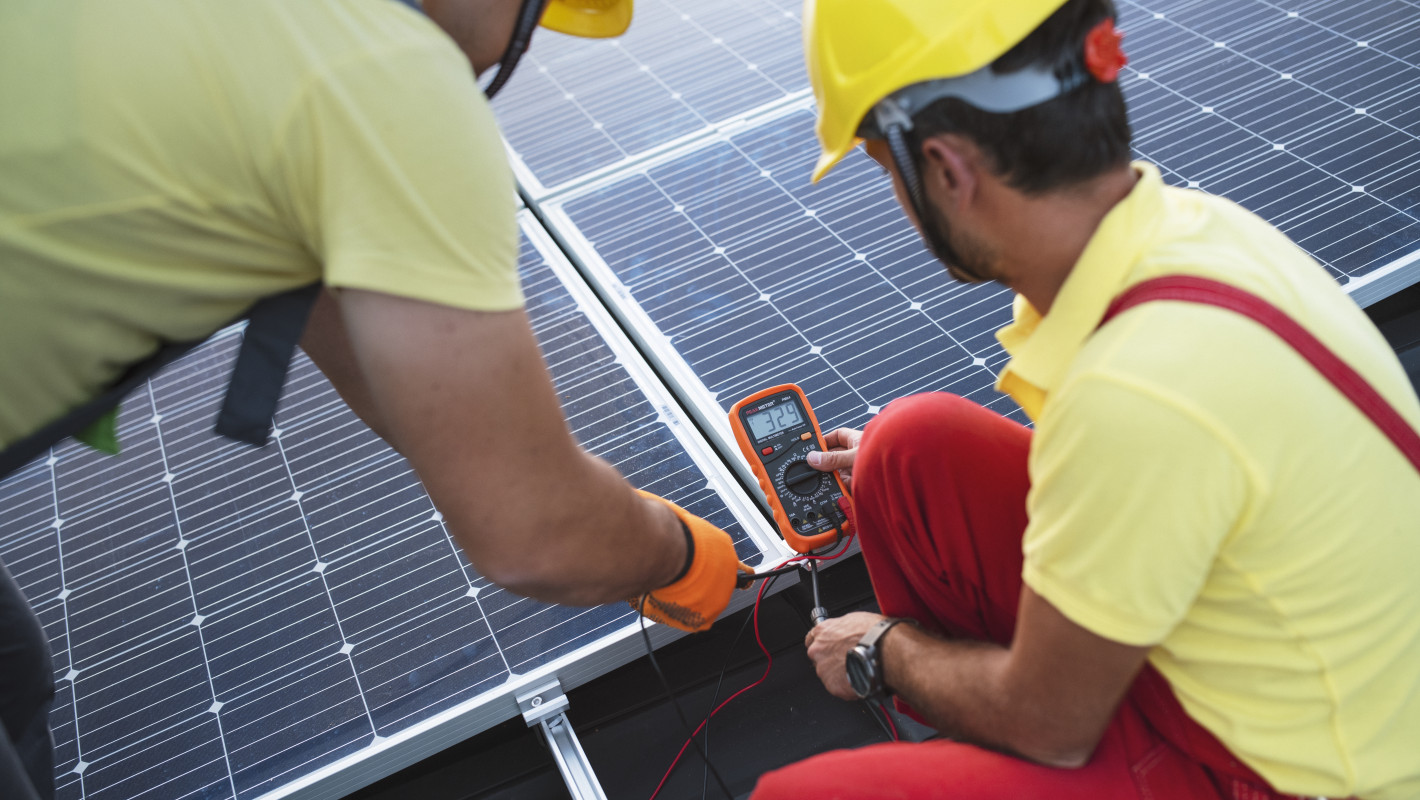Our series of videos on “Sustainability and Banks”


For us at the Association of German Banks, one thing is clear: more climate protection, more sustainability can only be achieved with the banks. We already know that additional investment of at least 350 billion euros a year is needed to reshape the economy for a sustainable future. Particularly in Europe, where 70 per cent of investments are financed by loans, it is the banking sector that will have to provide the bulk of this finance.
So the banks must be part of the solution for more climate protection and sustainability. Their role goes far beyond just green financing or green investing. The European Union knows this and has therefore rightly decided to involve the financial sector in steering the economic transition towards greater sustainability. A lot of its requirements point in this direction: ESG criteria, the taxonomy and the EU Green Deal – to name but a few examples.
Sustainability is a huge issue with far-reaching implications for our member banks. We wanted to know in very specific terms: what does implementation look like in practice? So we spoke to people in banks who are driving sustainability forward. Over the past few months, we travelled across Germany and conducted a series of interviews to find out more. The result: seven videos which present the work done by our colleagues and which will show you
- what sustainability has to do with risk management,
- what sustainable asset management
- and sustainable finance look like,
- how to implement a sustainability strategy,
- how reorientation towards sustainability can succeed,
- what role employees can play in achieving more sustainability and
- how a bank supports its customers throughout the transformation process.
Links

